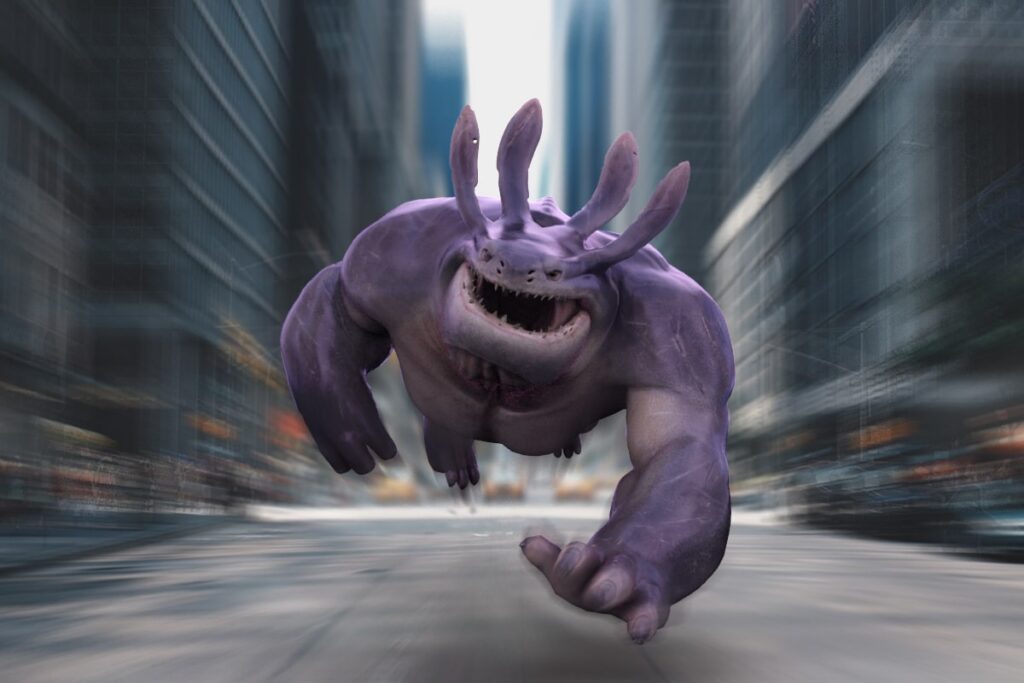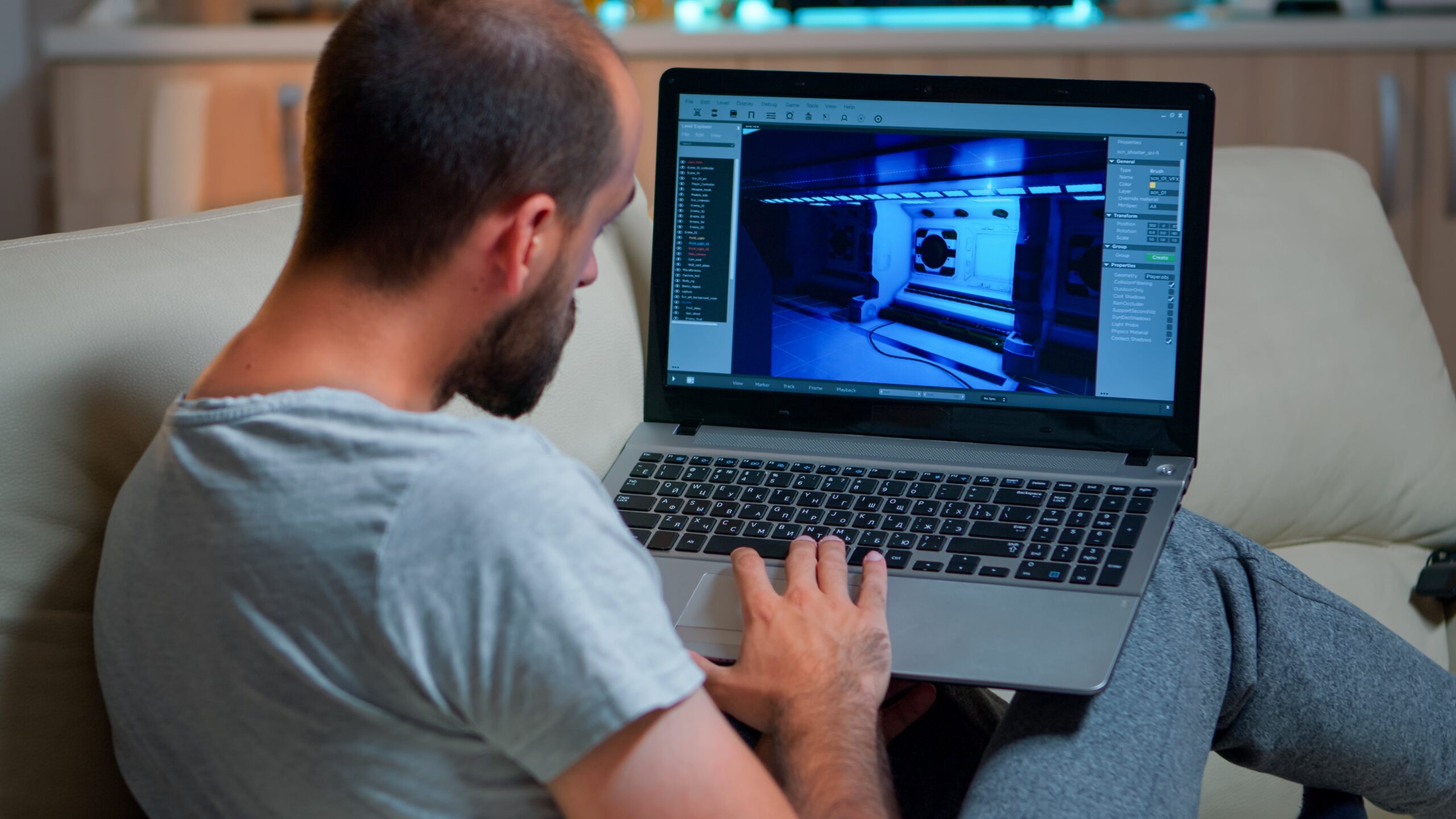3D animation has revolutionized visual storytelling by bringing to life captivating characters, immersive worlds, and breathtaking effects across film, gaming, and digital media. As technology evolves, 3D animation continues to expand creative possibilities and redefine audience experiences. This article explores the origins, techniques, and applications of 3D animation, along with the top careers and best practices in the field.
Origins of 3D Animation
3D animation involves creating three-dimensional digital objects and characters that move within virtual environments. Its origins trace back to the early 1970s, when computer scientists began experimenting with digital modeling and rendering. Over time, technological advances in computing power and graphics software transformed 3D animation into a core medium for entertainment and design, enabling animators to craft lifelike, emotionally resonant worlds.
Techniques in 3D Animation
Producing 3D animation requires a structured workflow that blends art and technology. Each stage contributes to the overall realism and storytelling impact.
- Modeling: Artists sculpt digital characters, props, and environments using specialized 3D software.
- Texturing: Texture artists add colors, surface details, and materials to models for a realistic appearance.
- Rigging: Technicians create digital skeletons that define how characters and objects move.
- Animation: Animators manipulate rigs to produce expressive actions, gestures, and performances.
- Rendering: The final step where lighting, textures, and motion come together to generate high-quality images or video sequences.
Applications of 3D Animation
3D animation’s versatility extends across multiple industries, enhancing both storytelling and functionality.
- Film and Television: Used for visual effects, realistic environments, and fully animated productions.
- Video Games: Integral in creating interactive worlds, characters, and gameplay mechanics.
- Advertising and Marketing: Brands use 3D visuals for product demos, commercials, and digital ads.
- Architecture and Visualization: Enables detailed previews of buildings, interiors, and landscapes.
- Medical and Scientific Visualization: Helps illustrate complex biological and scientific processes for education and research.
Top 10 Jobs That Utilize 3D Animation
Many creative and technical careers rely on 3D animation expertise. Here are some of the most in-demand roles:
- Character Animator: Brings digital characters to life with expressive motion and emotion.
- 3D Modeler: Designs and sculpts digital objects, environments, and assets.
- Visual Effects Artist: Creates realistic or fantastical effects for film, TV, and advertising.
- Motion Graphics Designer: Combines animation and design for dynamic visuals in media and marketing.
- Technical Animator: Develops rigs, tools, and systems that streamline animation workflows.
- Lighting Artist: Defines mood and visual tone through realistic light and shadow setups.
- Rigging Artist: Builds digital skeletons to make character and object animation possible.
- Simulation Artist: Crafts natural simulations of water, hair, cloth, and particles.
- Storyboard Artist: Plans visual narratives and key moments in animated or cinematic sequences.
- Virtual Reality Developer: Designs immersive VR experiences using 3D animation and interactivity.
Best Practices in 3D Animation
To succeed in 3D animation, artists must blend creativity, discipline, and collaboration.
- Master animation principles such as timing, spacing, and anticipation for believable motion.
- Stay current with industry software and tools like Blender, Maya, or Unreal Engine.
- Collaborate with peers to gain diverse insights and refine your creative process.
- Experiment with styles and techniques to build versatility and originality.
- Seek feedback and mentorship to continually refine technical and artistic skills.
Challenges and Opportunities in 3D Animation
While rewarding, 3D animation comes with challenges that demand both patience and persistence.
- Technical Complexity: Mastering software and workflows takes time and practice.
- Time-Intensive Production: Creating detailed models and animations is often laborious.
- Balancing Art and Technology: Successful animators must unite technical skill with creative storytelling.
Despite these hurdles, 3D animation offers vast opportunities for innovation. Artists who embrace new tools and storytelling methods can thrive across the entertainment, advertising, gaming, and visualization industries.
Conclusion
3D animation stands at the crossroads of art and technology, empowering creators to tell stories that captivate audiences worldwide. With mastery of core techniques, a willingness to adapt, and a passion for innovation, animators can unlock endless creative potential and shape the future of digital storytelling.
Key Takeaways:
- Mastering the techniques and best practices in 3D animation is essential for creating compelling and believable animations that resonate with audiences.
- Embracing challenges and opportunities in 3D animation can lead to personal growth, artistic development, and career advancement in the industry.
- Continuous learning, collaboration, and experimentation are key to staying at the forefront of 3D animation and pushing the boundaries of creative expression.
To further enhance your skills and knowledge in the dynamic world of 3D animation, consider enrolling in the NYU Animation Industry Essentials online course and certificate program offered by Yellowbrick. This comprehensive program can provide valuable insights, hands-on experience, and industry connections to help you succeed in the ever-evolving field of 3D animation.








